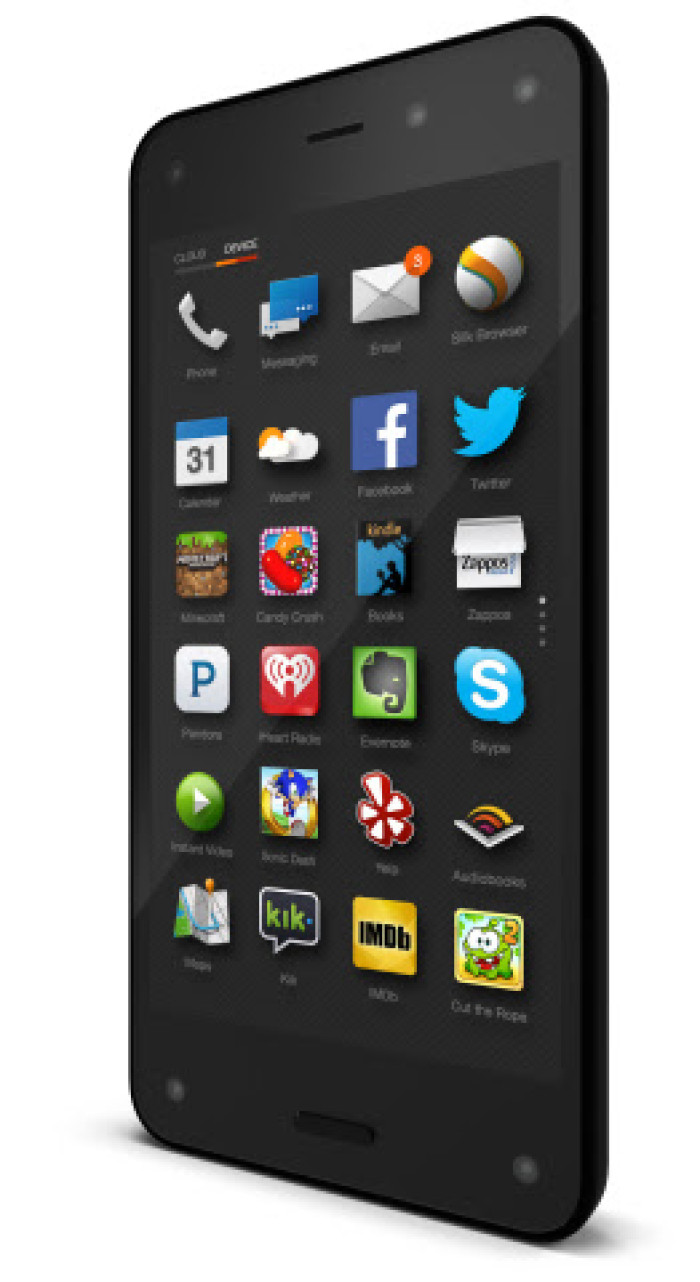If you’re a product manager or a part of a product team, you very well understand the importance of decision-making throughout the product development process. After all, the success of a product depends on making the right decisions at the right time. These decisions can be about anything—which design will be tested first, which features to prioritize, what the MVP of a new feature would be, and the list goes on.
While a wrong decision can hugely impact how customers use your product, a clear and confident decision can result in a smooth and successful development process.
However, it’s not as easy as it sounds. Multiple factors can get in your way, such as inadequate quantitative data, ever-changing market trends, top-down company culture, and so on.
So, how can you make better decisions, both individually and as a team?
Here are five decision-making tips that can help you level up your game and increase your chances of making successful decisions as a product manager.
5 Decision-Making Tactics for Product Managers #
1. Align product goals with company mission #
Your product roadmap and company mission may tell two different stories. But are they headed to the same destination?
Product goals have a strategic relationship to the company’s mission statement. These are the crucial steps required to make your vision a reality. So, aligning your goals with product positioning efforts can go a long way to ensure that they don’t end up miles apart. Without a strategic alignment, your product can become a mix of features that fails to deliver on the company’s promise.
For example, Amazon’s strategy is “to offer its customers the lowest possible prices, the best available selection, and the utmost convenience”. So, when it released its Fire Phone in 2014 worth $199, it was such a massive failure that Amazon had to discontinue its production and sales just after 14 months. Sure, the product strategy was good, but it wasn’t in sync with the company’s vision.

(Source)
So, you need to make sure your product goals are complementary instead of contradictory with the company’s vision. Here’s what to pay attention to:
Often, product teams innovate and develop in a vacuum. The final product may be good, but misalignment can result in delays, roadblocks, and reroutes. So, understand your company’s vision properly and don’t forget to communicate it to other team members.
Next, list down and prioritize five company goals that will be affected by your product decisions. This will help product managers keep the big goals in mind and use broad criteria when making decisions, resulting in better outcomes.
Compare your product goals with your company’s mission and conduct a gap analysis to identify where the product isn’t living up to its potential. And then use that information to plan ahead.
Sometimes, when you aren’t meeting your goals, it could be a problem with the process. Consider using a system like Kanban to improve efficiency and make sure the product goals don’t stray from the company's mission.
Remember: A company’s vision may evolve over time. So, it’s essential to build a flexible product roadmap to stay in sync with strategy shifts.
2. Empathize with your users and your team #
Succeeding as a product manager requires numerous skills, such as research, communication, UX, marketing, and more. When you possess such skills, it’s natural to assume you already know everything. This can be a big issue while trying to understand others and make better product decisions.
The solution? Empathy.
Empathy means putting yourself in someone else’s shoes and understanding their emotions. Becoming an empathetic product manager will help you better understand everyone involved with the product—the people who use it and the people who develop it.
Let’s start with users. A product manager is responsible for knowing everything about the customer—their needs, frustrations, interactions with your product, and much more. For example, when a customer faces a problem with the product, an empathetic product manager tries to understand how that issue is affecting the customer and the job they’re trying to do. That way, the manager is able to think of a better solution.
Not only with customers, but you also need to empathize with your team. If your team members feel understood, they’ll contribute towards the success of your product and feel comfortable innovating at work.
In a nutshell, as a product manager, you may have several responsibilities on your shoulder, but the biggest value you can provide is empathy for everyone who interacts with your product, both internally and externally.

🎬 Webinar: Validating Product Roadmaps With Your Users
Learn how to validate new product ideas and solutions with user feedback in this webinar with Maze
3. Talk to your customers proactively #
No matter how excellent your product is, it’s likely to fail if there’s no demand or market for it. So, keeping your customer needs on top of your mind goes a long way.
Don’t expect customers to step forward and tell their needs to you. You need to be proactive in researching what your current and prospective customers are demanding. Collect feedback from them, and then make product decisions accordingly.
For instance, after talking to your customers, you may realize that they require more software integrations in your SaaS product. In such a situation, you can then decide whether to design those integrations from scratch or use an embedded integration platform to achieve faster time-to-market.
If you don’t communicate with your customers, it’s easy to make false assumptions about their requirements and issues. On the contrary, having a customer-centric approach will help you align your product roadmap with what your customers truly want and need.
Thus, uncovering customer needs can be pretty time-intensive. But we can’t stress enough how critical it is for helping your team prioritize what to build first and design optimal solutions.
4. Work in a diverse team #
It may sound strange to include more people in the product decision-making process. But, having a diverse team can result in better business decisions 87% of the time.
Bringing in people with different perspectives may challenge your point of view, sharpen your vision, and lead you to excellent product solutions for all users. Plus, including people with different views can bring fresh ideas to the table and lead to more creativity and innovation within the whole process.
Teams that encourage diversity in thinking tend to build more meaningful experiences for users. They focus on designing an innovative product without neglecting diversity in their customer base, which further results in customer satisfaction and success of the product.
In other words, the more diverse the team, the better.
So how can you ensure you have a diverse team to have better product decisions? Focus on creating a successful diversity recruitment program in your company. Make every team member, even your outsourced independent contractors and freelancers, feel valued. Creating a space where everyone’s voice is heard, as well as an environment where people are free to take risks and speak up when they have unconventional ideas, can work wonders.
Remember: Having a less homogeneous team means more options and better ideas, which ultimately leads to more effective product decisions and more accessible products.
5. Build MVPs whenever possible #
Let’s face it; building an entire product is no small undertaking. So, before you move ahead with designing a product for your customers, consider launching a minimal viable product (MVP) instead.
An MVP is a basic version of the product with minimal yet must-have features, while also making sure that the SaaS security best practices are covered. It is created with the intent to attract early adopters and validate a product concept early in the product development process.
Though MVP doesn’t have the full functionality as in the finished product, it still works. The key isn’t to create final products but to get the most basic version in the hands of the users. That way, you can gather feedback, and in turn, add new features and shape the product into its final version.
Take Airbnb, for example.
(Source)
Airbnb is valued at about $130 billion. But, it didn’t always have a well-structured website, a network of 100+ customer support people, or a successful mobile application.
Initially, Airbnb founders—Brian Chesky and Joe Gebbia—rented out air mattresses in their own apartment, calling it AirBed & Breakfast. This, eventually, helped them validate their concept of creating a market for offering peer-to-peer, online rental housing services. They built a basic website, published photos and details about their property, and found many customers immediately.
Thus, MVP is a fantastic option that gives you enough room to track and improve the flaws in your final product. Plus, you save a lot of money and time as you only build features that are absolutely needed.
In a nutshell, MVP is the best way to boost your chances of making high-quality product decisions by leveraging insights and feedback from the early customers — the ones who believe in your product and want to help you fill in the gaps.
Let’s sum it up #
Product managers don’t build the actual product on their own, but they do produce something crucial for the entire team: decisions. You can make hundreds of choices every day, but if one important decision doesn’t work out, it can become a major business problem, even a career-damaging affair.
We hope the above hacks help you make excellent product decisions and avoid any mistakes that can plague your product development process.
Remember: The quality of a product manager’s work is valued by the quality of their decision-making approach. And even if you fail, at least you’ll have new data to make better decisions in the future.

Weekly advice to make your product stick 💌
Be the first to get the latest product best practices and resources
This article was written by Tim Ferguson, a writer and editor of Marketing Digest. He helps marketing agencies with SEO, link building, content marketing, online reputation management, and blogger outreach. When he is not writing and editing for Marketing Digest, he spends time learning more about content marketing and getting better at it.



